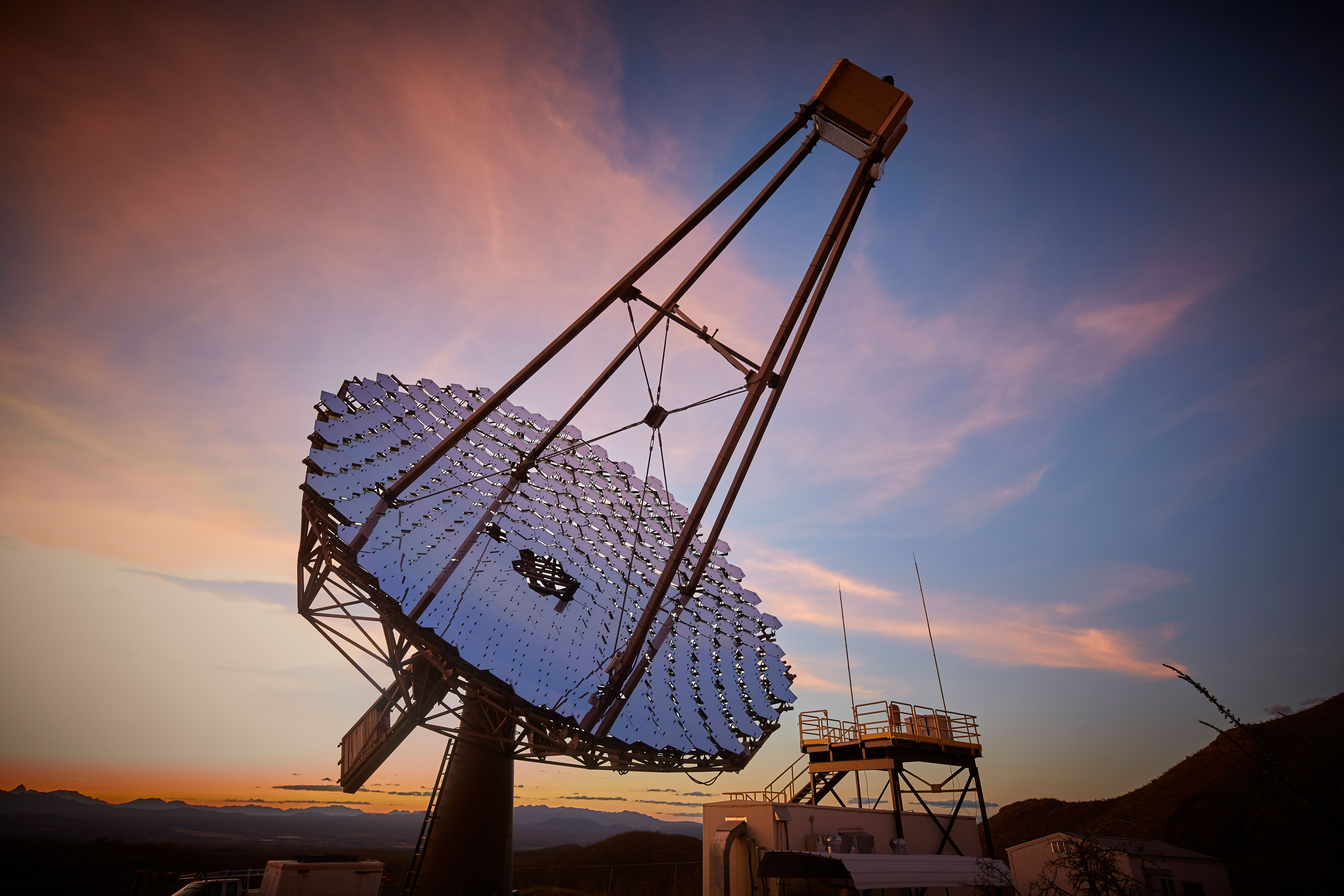Secrets of Tiniest Star Ever Measured Revealed by Passing Asteroids

Astronomers found the size of the smallest star measured to date by tracking the shadows of nearby asteroids.
Most stars in the night sky are too far away to be measured accurately, even by the best optical telescopes. However, astronomers leveraged a method known as diffraction to overcome this challenge.
Diffraction occurs when an object, such as an asteroid, passes in front of a star, creating a shadow called an occultation. As the asteroid passes in front of the star, astronomers can calculate how long it takes for the star's light to fade. Knowing how fast the asteroid is traveling, astronomers can then determine the size of the star. Using this method, astronomers were able to more precisely measure the diameter of several distant stars, according to a statement from the Harvard-Smithsonian Center for Astrophysics, which oversees the observatory used in the study.
Related: Dizzying Array of Stars Dazzles in New Hubble Photo
However, predicting asteroid occultations is not easy, and capturing an asteroid's shadow requires very fast snapshots, said Michael Daniel, operations manager for the Very Energetic Radiation Imaging Telescope Array System (VERITAS) at the Fred Lawrence Whipple Observatory in Amado, Arizona.
Using the VERITAS telescopes, astronomers carefully tracked the 60-kilometer-wide (37 miles) asteroid Imprinetta as it passed in front of the star TYC 5517-227-1 on Feb. 22, 2018. Roughly 300 images per second were captured to accurately measure the diffraction pattern in the asteroid's shadow.
Data from the VERITAS telescopes revealed that the diameter of the star, which is located 2,674 light-years from Earth, is 11 times greater than that of Earth's sun. This star, now classified as a red giant, is thus much bigger than previously thought, according to the statement.
Breaking space news, the latest updates on rocket launches, skywatching events and more!
Astronomers were able to repeat this new technique when the 88-kilometer-wide (55 miles) asteroid named Penelope passed in front of the sun-like star TYC 278-748-1 on May 22, 2018. This star, located 700 light-years from Earth, is the smallest star measured in the night sky to date, the researchers said.
"Using the same formula for data collection and calculations, we determined this star to be 2.17 times the diameter [of] Earth's sun," Daniel said in the statement. "This direct measurement allowed us to correct an earlier estimation that placed the star's diameter at 1.415 times that of our sun."
The findings were published April 15 in the journal Nature Astronomy.
- Asteroid Hunting Mission Releases 5th Year of Data
- Water on Asteroid Bennu Could Mean 'Pay Dirt' for Space Miners
- A House-Size Asteroid Zipped by Earth Today
Follow Samantha Mathewson @Sam_Ashley13. Follow us on Twitter @Spacedotcom and on Facebook.

Samantha Mathewson joined Space.com as an intern in the summer of 2016. She received a B.A. in Journalism and Environmental Science at the University of New Haven, in Connecticut. Previously, her work has been published in Nature World News. When not writing or reading about science, Samantha enjoys traveling to new places and taking photos! You can follow her on Twitter @Sam_Ashley13.
